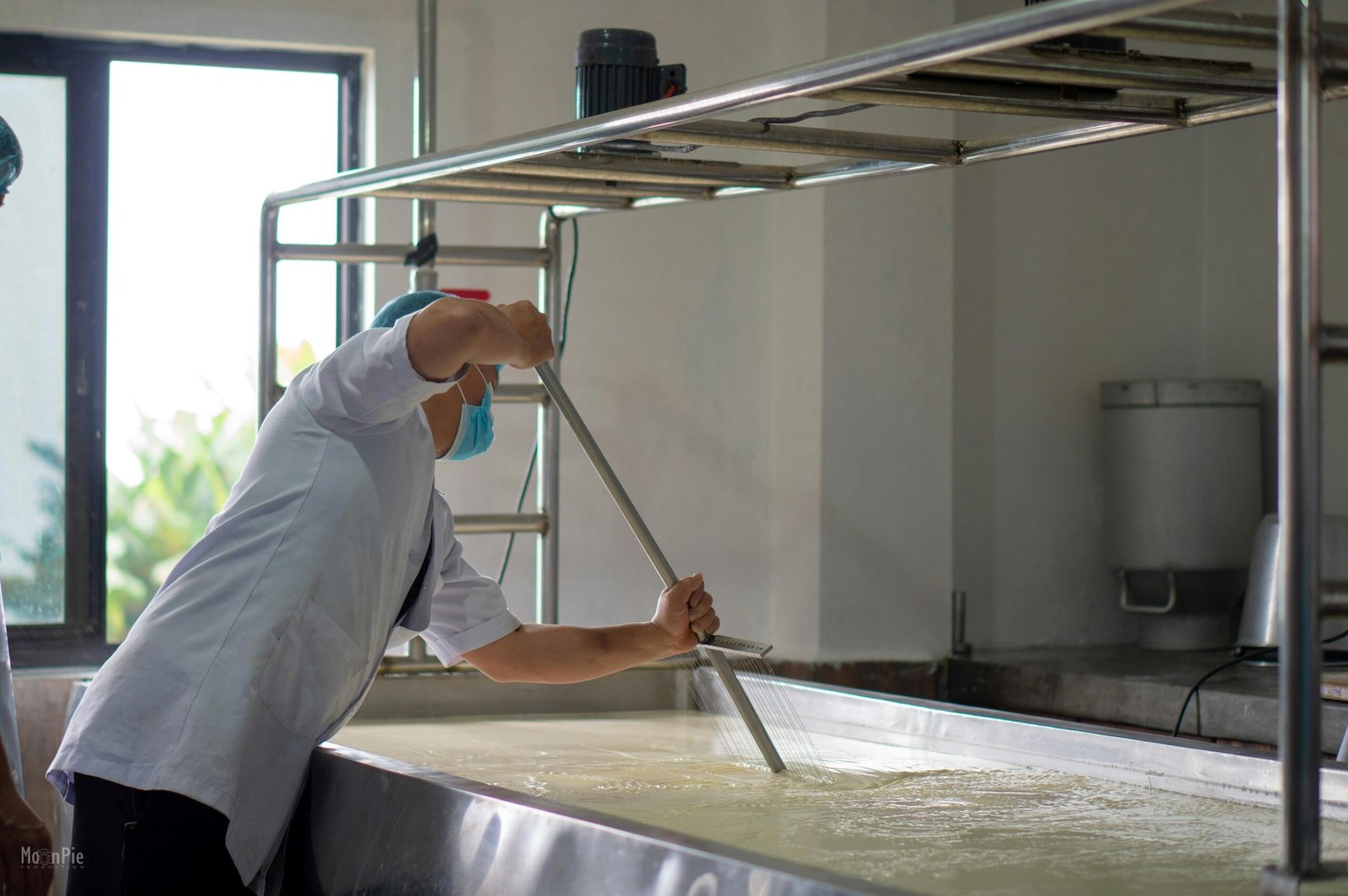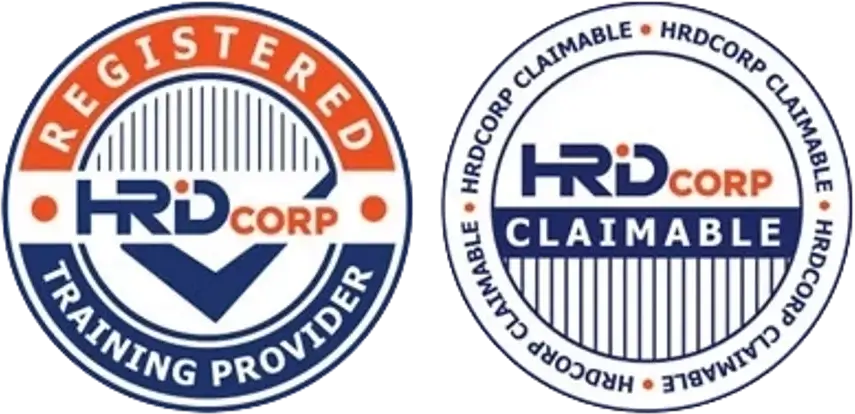How Are Temperature-Sensitive Materials Handled Under GMP?
In GMP-regulated industries such as food manufacturing, pharmaceuticals, cosmetics, and medical devices, the handling of temperature-sensitive materials is a critical control point. Whether it’s raw materials, intermediates, or finished products—temperature excursions can lead to loss of product integrity, safety issues, and GMP non-compliance.
Here’s how GMP guidelines address the proper handling of these materials, broken down into practical action steps.
🌡️ Why Temperature Control Matters Under GMP
-
Preserves product quality, potency, and safety.
-
Prevents microbial growth in susceptible products (e.g., dairy, vaccines).
-
Ensures materials remain within validated temperature ranges.
-
Meets customer, regulatory, and certification expectations.
-
Supports traceability and audit readiness.
✅ Key GMP Requirements for Handling Temperature-Sensitive Materials
1. Defined Storage Conditions
-
Temperature range must be defined, validated, and documented.
-
Common categories:
-
Refrigerated (2°C to 8°C)
-
Frozen (-20°C or lower)
-
Controlled Room Temp (15°C to 25°C)
-
-
Label each material with required storage condition.
2. Calibrated Temperature Monitoring Devices
-
Use calibrated data loggers or thermometers.
-
Install 24/7 monitoring systems for critical storage areas.
-
Maintain calibration records according to GMP documentation requirements.
3. Real-Time Monitoring & Alerts
-
Set up alarms for temperature excursions.
-
Systems should notify responsible staff immediately.
-
Ensure logs are reviewed daily for any anomalies.
4. Qualified Cold Chain Equipment
-
Use GMP-validated:
-
Cold rooms
-
Freezers
-
Refrigerated trucks
-
Insulated packaging
-
-
Conduct temperature mapping studies for all critical storage zones.
5. Controlled Receiving Process
-
Inspect temperature-sensitive goods immediately upon arrival.
-
Verify delivery temperature with:
-
Time-temperature indicators
-
Shipping data loggers
-
-
Reject or quarantine materials showing evidence of excursion.
6. Segregation and Identification
-
Store sensitive materials in clearly marked zones.
-
Use color-coded bins or tags for easy identification.
-
Avoid mixing with non-temperature-sensitive materials.
7. GMP-Compliant Transportation
-
Vehicles must be:
-
Insulated and temperature-controlled
-
Pre-qualified for transport use
-
-
Document:
-
Departure and arrival temperatures
-
Vehicle ID and driver details
-
Duration of transport
-
8. Staff Training
-
Train personnel in:
-
Cold chain handling
-
SOPs for temperature checks
-
Emergency response for excursions
-
-
Keep training logs updated and accessible.
❗ Common Mistakes to Avoid
-
❌ Using expired calibration certificates
-
❌ Ignoring minor temperature fluctuations
-
❌ Storing sensitive materials in uncontrolled environments “just for a few hours”
-
❌ Lack of SOPs or incomplete records
-
❌ No plan for temperature excursions
📌 Documentation You Must Maintain
-
Temperature logs (automated/manual)
-
Calibration certificates
-
Delivery temperature verification records
-
Excursion investigation reports
-
Cold chain validation protocols
-
Staff training records
🏁 Final Thoughts
Handling temperature-sensitive materials under GMP is not just about storing things in a fridge—it’s about ensuring systematic, documented control across the entire supply chain.
From receipt to delivery, every touchpoint must be monitored, validated, and verified to protect product integrity and meet regulatory standards.
Need help implementing GMP-compliant cold chain systems?
At CAYS Scientific, we support manufacturers with cold room validation, SOP development, staff training, and audit preparation. Contact us today to strengthen your GMP system and avoid costly compliance gaps.




